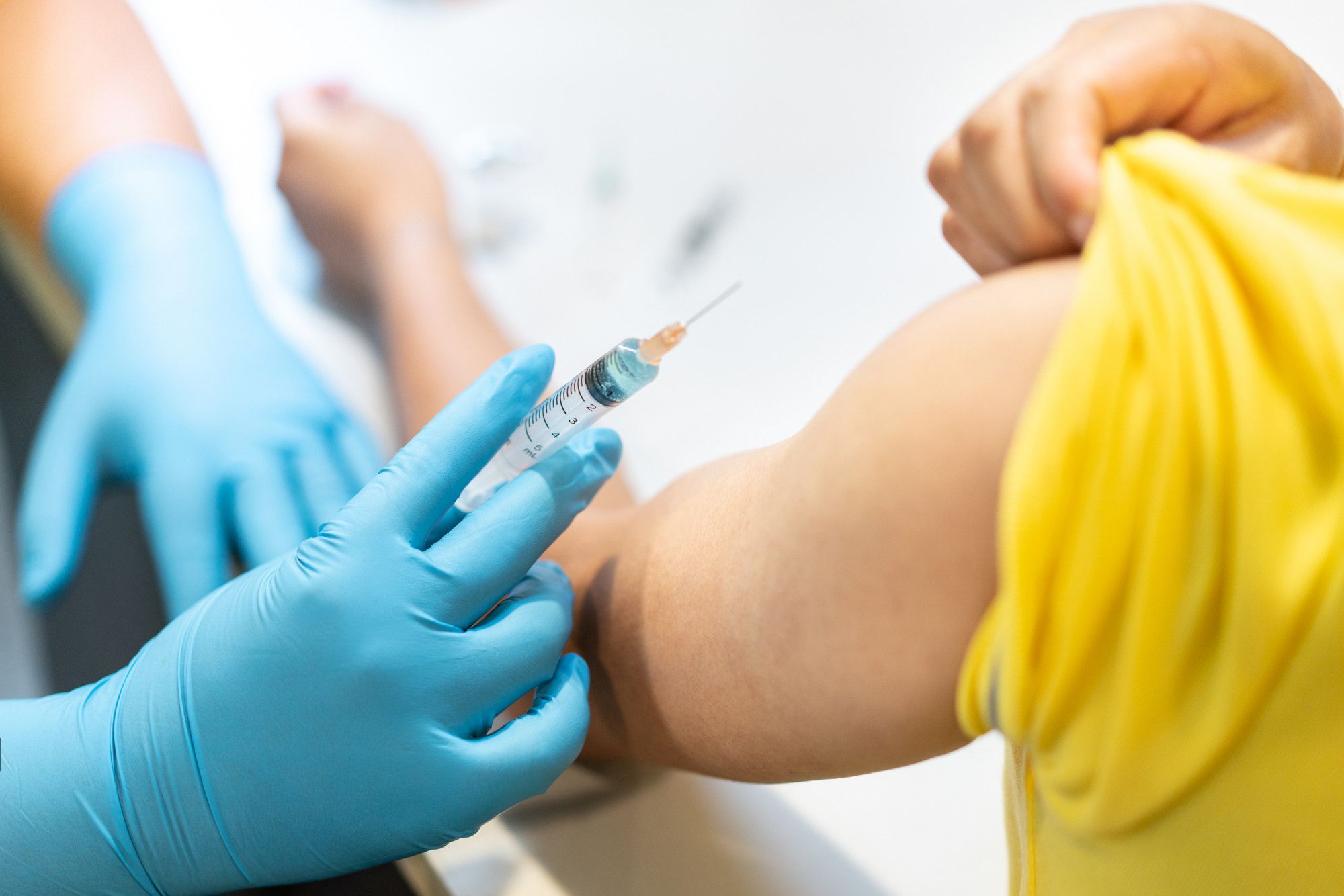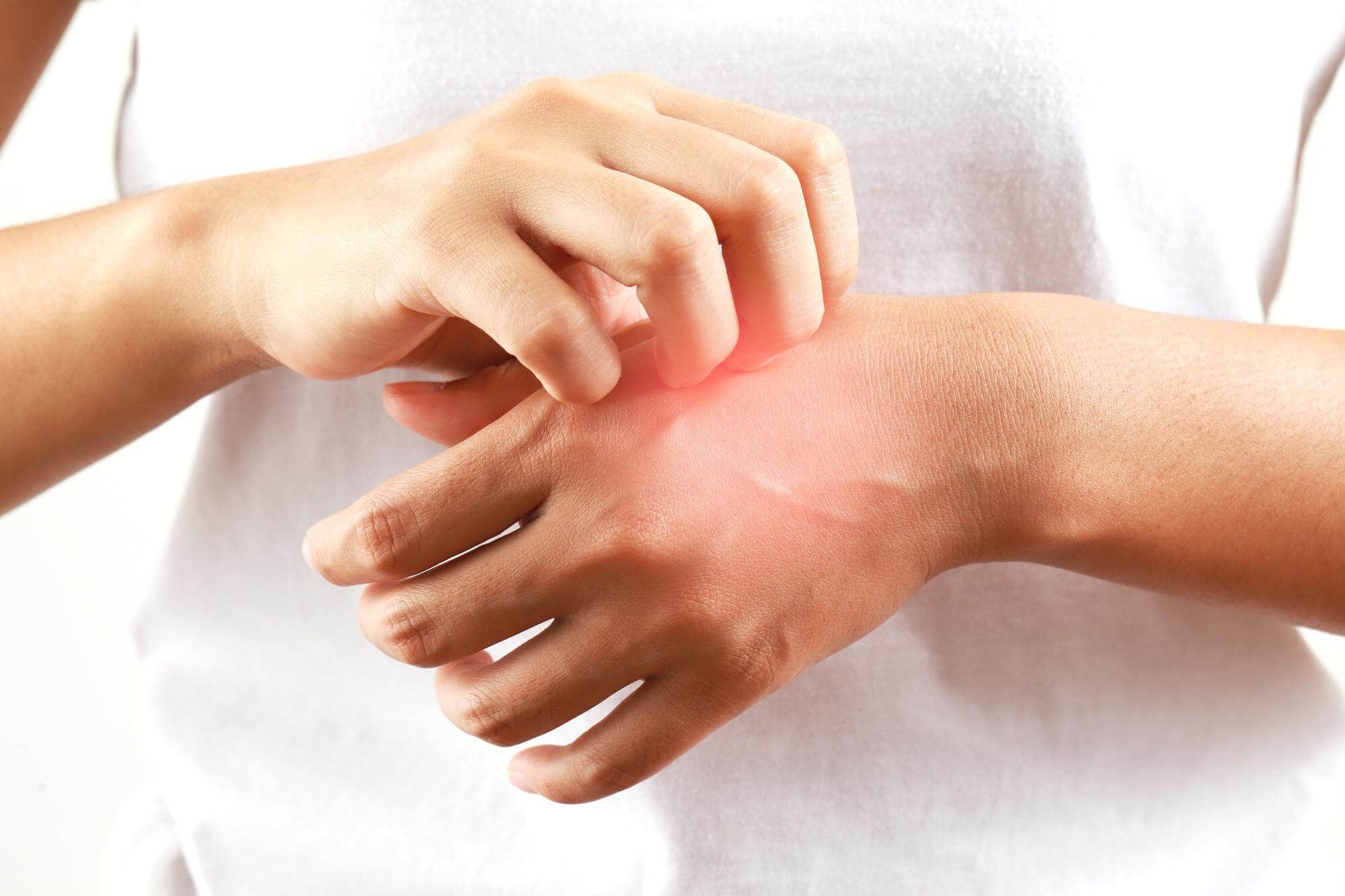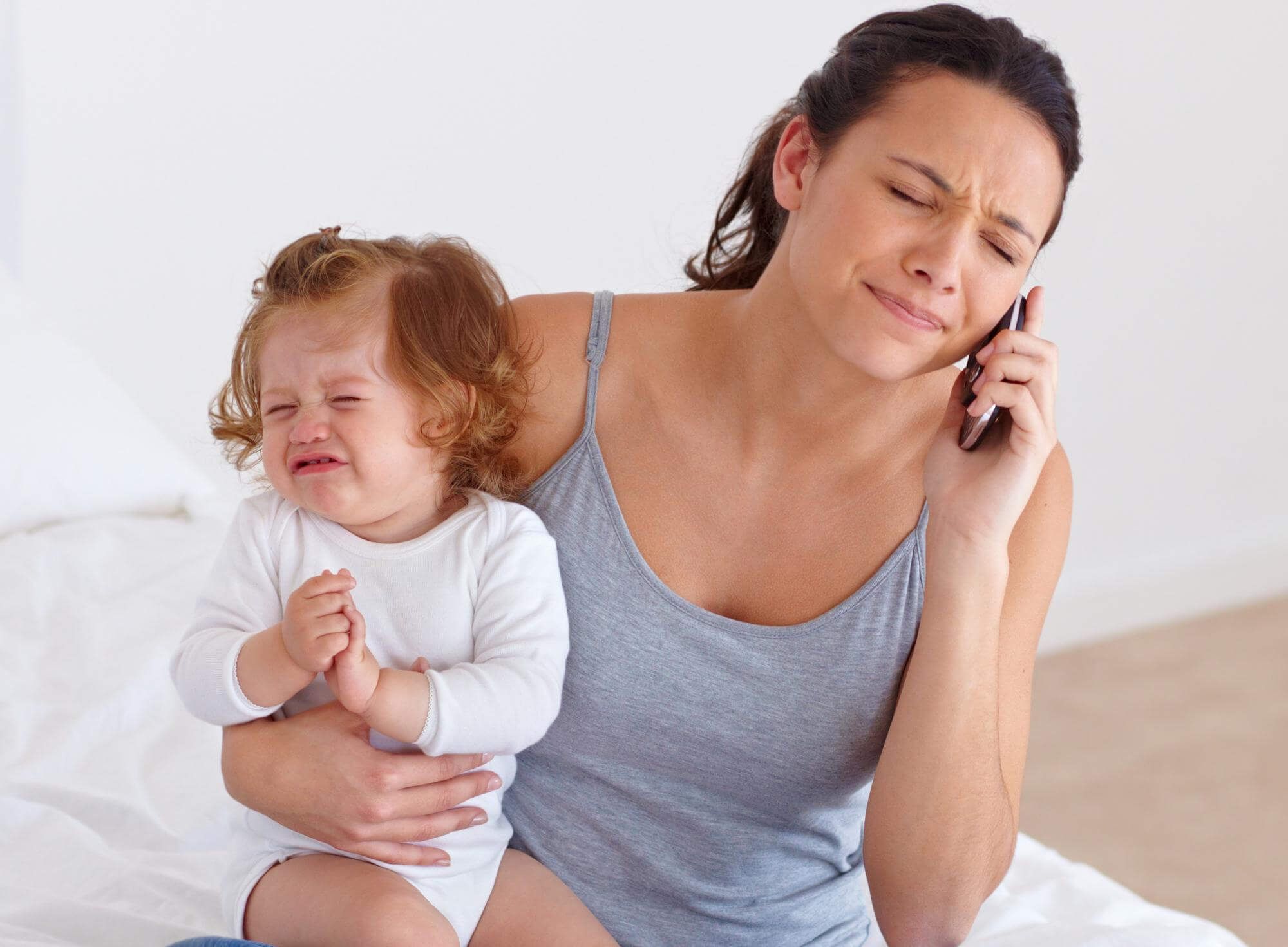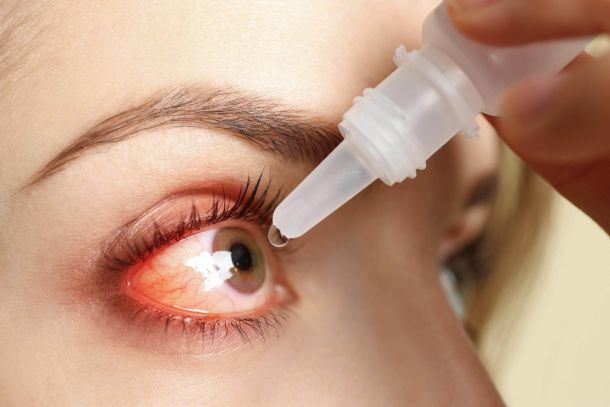How to treat allergic rhinitis in children
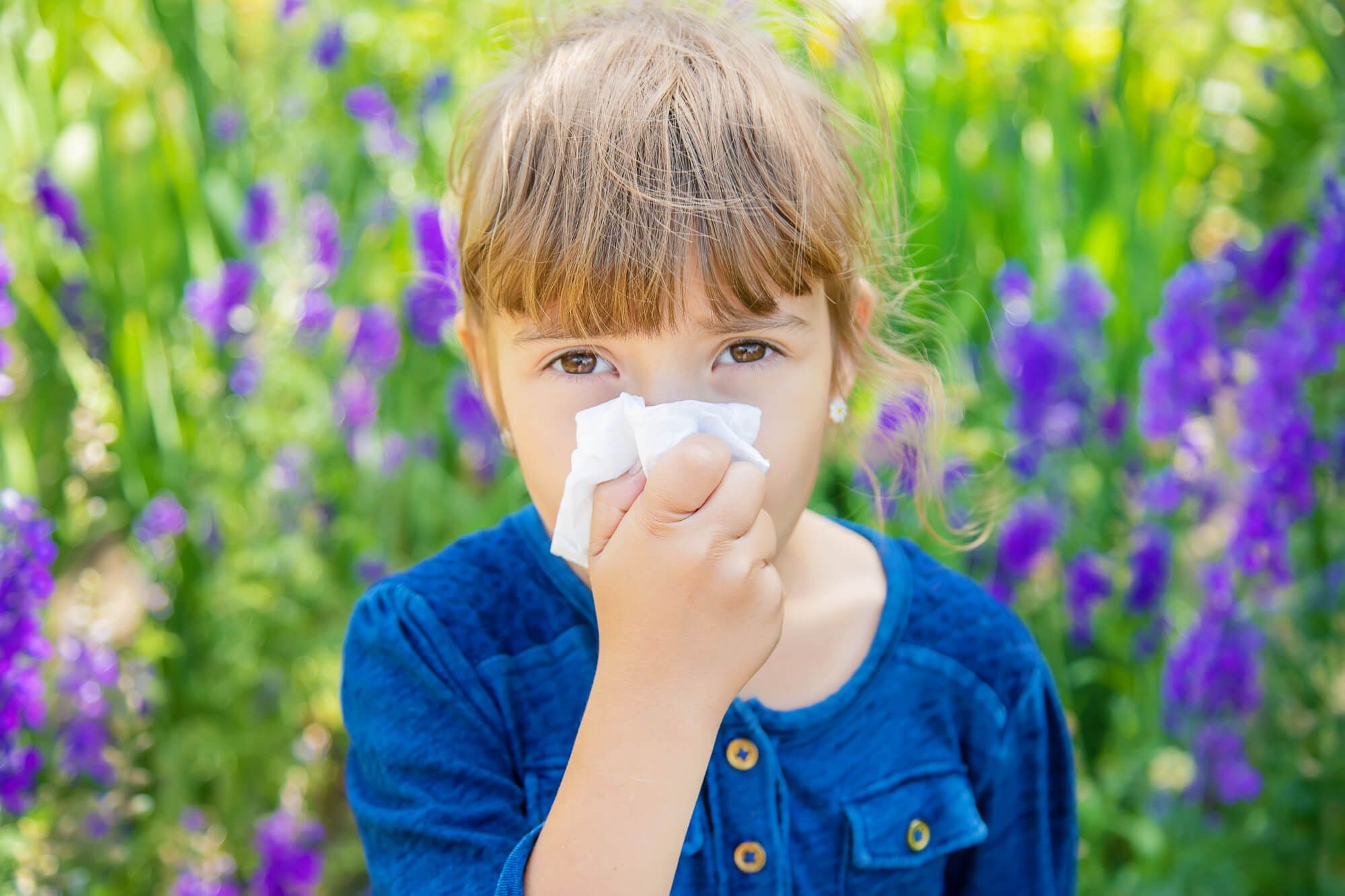

Eva Zakharova
Allergic rhinitis is an inflammation of the nasal mucosa caused by allergens. It can occur in children of any age, from infants to adolescents. It is important to understand the causes of allergic rhinitis in children and determine its symptoms for timely treatment and prevention of complications.
Causes of allergic rhinitis in children
The main causes of allergic rhinitis in children are exposure of the child's body to allergens such as dust particles, dust, pet hair and household mites. Age, genetic predisposition, and psychosomatics also play a role in the development of allergic rhinitis in a child.
Symptoms of allergic rhinitis in children
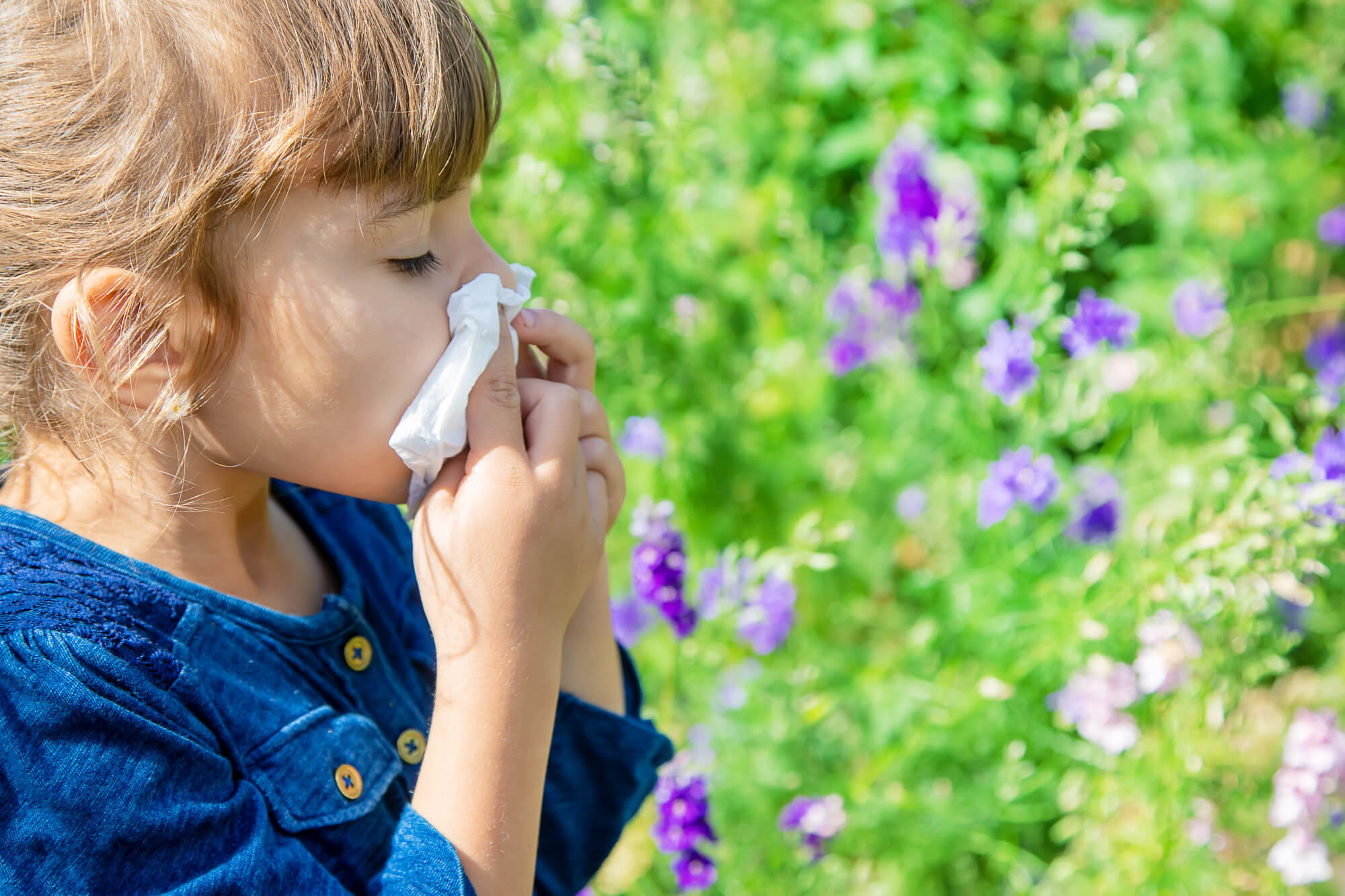
The main symptoms of allergic rhinitis in children are itching and red eyes, sneezing, stuffy nose, and copious snot. The snot may be transparent or greenish. It is important to distinguish between an allergic runny nose and a common cold, because the approach to treatment is different.
Complications of allergic rhinitis
If allergic rhinitis in children is not treated, it can lead to various complications, such as sinusitis, adenoiditis and otitis.
- Sinusitis is an inflammation of the paranasal sinuses, which may occur against the background of allergic rhinitis due to impaired drainage and stasis of the secretion.
- Adenoiditis is inflammation of the nasopharyngeal tonsils, which can develop in children with allergic rhinitis due to difficulty breathing through the nose and constant exposure to allergens on the lymphoid tissue.
- Otitis media is an inflammation of the middle ear that can be associated with allergic rhinitis due to impaired ventilation and drainage of the auditory tube.
Seasonal and year-round forms of allergic rhinitis
Allergic rhinitis in children can be seasonal (pollinosis) or year-round. Seasonal allergic rhinitis is most often related to pollen allergy, and year-round allergy to house dust, mold and animal hair.
Diagnosis of allergic rhinitis in children

Diagnosis of allergic rhinitis in children begins with collecting the anamnesis and examination of the patient. The doctor takes into account the presence of characteristic symptoms, the age of the child (2 years, 3 years, 5 years, 7 years, etc.), family history of allergies and psychosomatic history.
- To confirm the diagnosis of allergic rhinitis in children, laboratory tests may be prescribed, including a general blood count, blood test for immunoglobulin E, and allergy tests.
- Instrumental methods to diagnose allergic rhinitis in children include rhinoscopy, sinus radiographs, and, if necessary, CT scans.
Treatment of allergic rhinitis in children
Treatment of allergic rhinitis in children includes the use of various medications, such as antihistamines, hormones and vasoconstrictor drops and sprays.
Antihistamines block the action of histamine, which causes allergic symptoms. Examples of antihistamines include cetirizine, loratadine, and fexofenadine.
Hormonal drugs, such as glucocorticosteroids, are used to reduce inflammation and swelling of the nasal mucosa. Examples include fluticasone and mometasone.
Vasoconstrictor drops and sprays constrict the blood vessels of the nasal mucosa, reducing nasal congestion. Examples of vasoconstrictor drugs include oxymetazoline and xylometazoline. Use of vasoconstrictors should be limited to short courses to avoid development of habituation and reactive mucosal edema.
Immunotherapy

Immunotherapy may be recommended for the treatment of allergic rhinitis in children who have no effect from traditional therapy or when allergen avoidance is not possible. Immunotherapy consists of gradually introducing increasing doses of the allergen to reduce sensitivity to it.
Prevention of allergic rhinitis in children
Prevention of allergic rhinitis in children includes avoiding contact with allergens, regularly ventilating the room, moistening the air and maintaining hygiene. It is also important to conduct preventive medical examinations and monitor the child's health.
In conclusion, allergic rhinitis in children is a common condition that can lead to complications if not treated in time. Establishing the correct diagnosis and starting treatment in time will help avoid serious consequences for the child's health. Parents should be attentive to their child's condition, pay attention to possible symptoms of allergic rhinitis and consult an allergist in time for a comprehensive examination and prescription of adequate therapy.
Related Materials
- How to distinguish between sweats and allergies: symptoms and treatment
- How to protect your child from allergies: the best drugs and remedies
- Allergies in children: causes, symptoms and treatment
- How to help a child with atopic dermatitis: helpful tips and advice
- Allergic arthritis: symptoms, causes, and treatment
New materials
Popular Articles
We recommend reading
Contact us in the Contact Us section to ask questions, offer ideas, or for more information about our allergy resource.
Our articles are your trusted source of allergy knowledge. Learn how to make life with allergic reactions easier on our specialized portal.
©
Lechenie-Allergii.com. All rights reserved.
© Lechenie-Allergii.com. All rights reserved.
The information on this site is for informational purposes only and is not a substitute for professional medical advice. We recommend consulting with qualified medical professionals for accurate information and advice.
 English
English  Українська
Українська  Русский
Русский 
